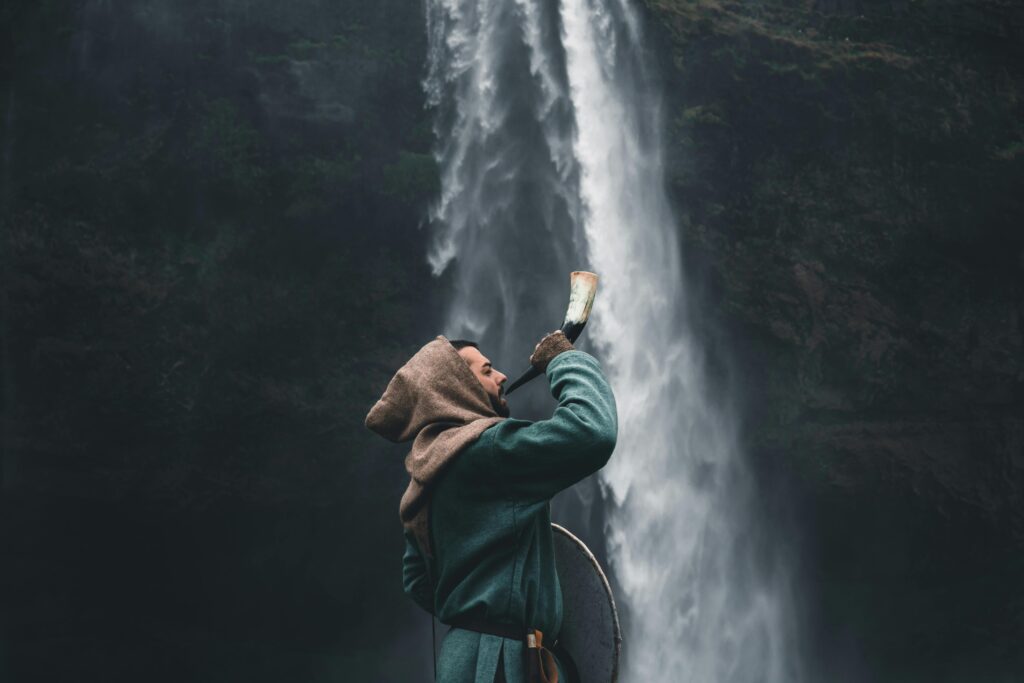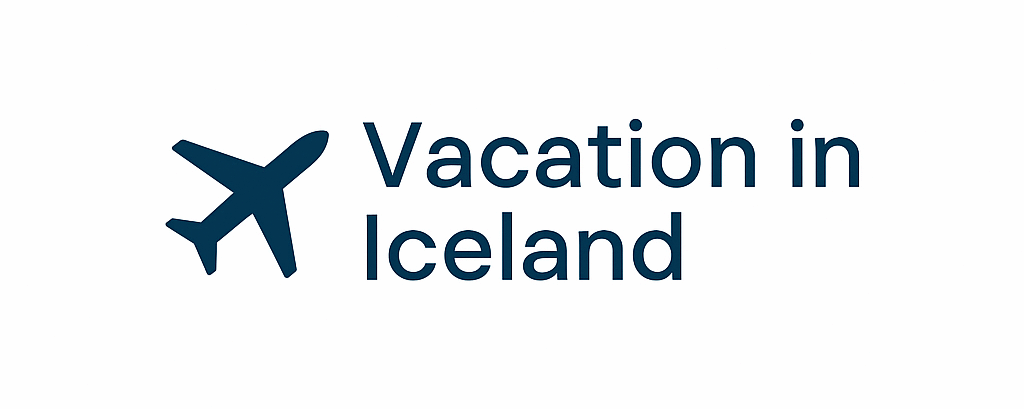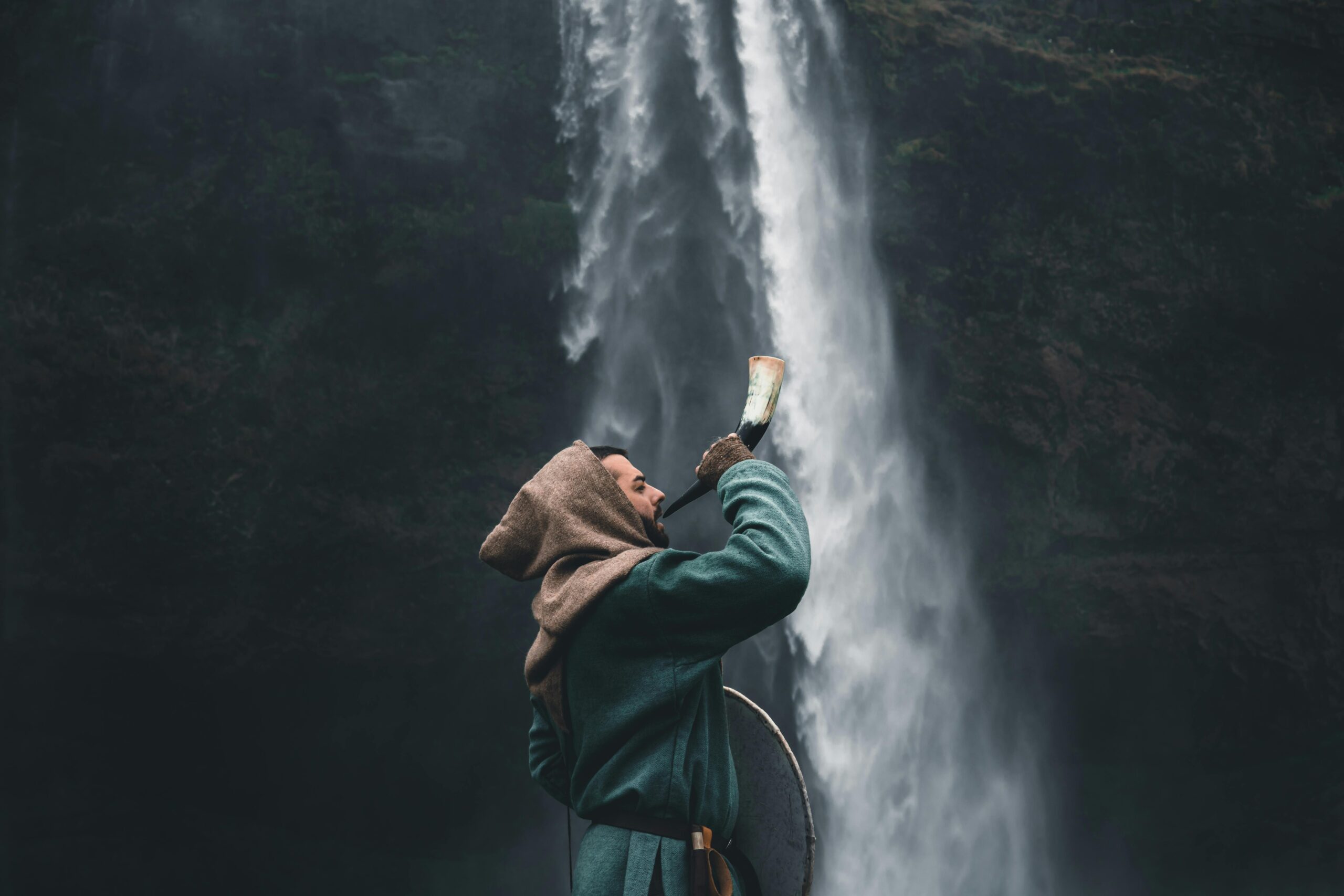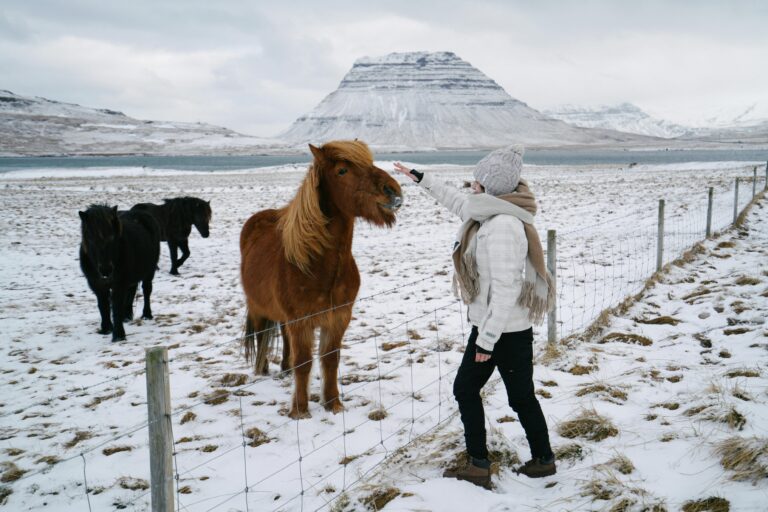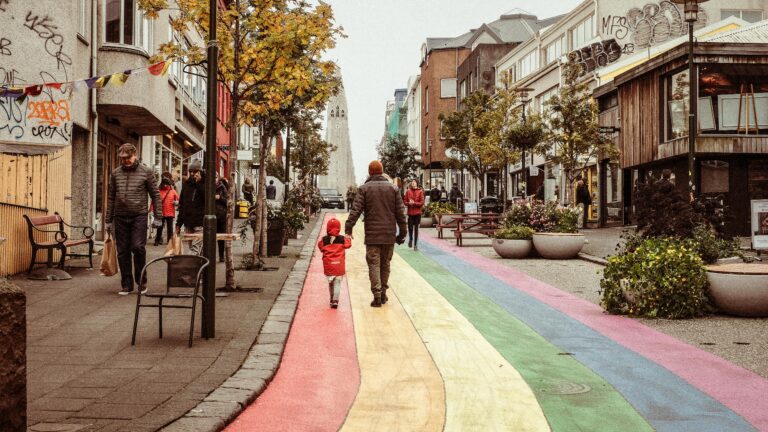Can I drink the tap water in Iceland?
Yes—you absolutely can drink the tap water in Iceland, and it’s some of the cleanest, freshest water in the world. In fact, bottled water here is often just tap water with a label. Save your money and refill your bottle straight from the sink—or better yet, the nearest glacier stream.
The Benefits of Tap Water in Iceland
- Naturally filtered: Most of Iceland’s water comes from underground springs and lava fields that naturally filter and purify the water.
- No chlorine or chemicals: Unlike many countries, Iceland doesn’t need to heavily treat its water.
- Cold, clear, and crisp: Locals often joke that it tastes better than anything you can buy in a store.
- Environmentally friendly: Refilling your own bottle reduces plastic waste in a country that prides itself on nature.
Why some visitors get confused
- The sulfur smell in hot water: The hot water (used for showers and taps) often smells like rotten eggs. Don’t worry—it’s just geothermal minerals and is not the same as drinking water.
- Hotel signs saying “Do not drink hot tap water”: That only applies to the hot side. The cold tap is always safe.
What to bring
- A reusable water bottle
- Optional: small bottle for glacier hikes or road trips
- No need for filters, tablets, or boiling—just twist and sip
4 Key Takeaways
- Icelandic tap water is 100% safe to drink—no filter needed.
- Cold water = pure springwater. Hot water = sulfur-smelling, don’t drink.
- Skip bottled water—it’s a waste of money and plastic.
- Bring a reusable bottle and fill up anywhere.
Pro tip: In remote areas, you can drink directly from streams and rivers unless marked otherwise. Just double-check with a local if unsure.
